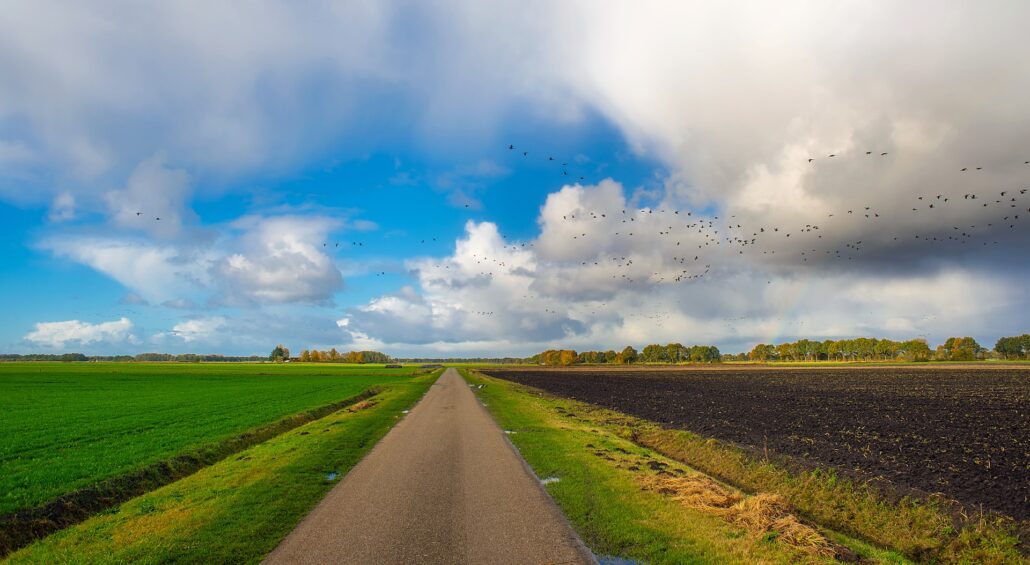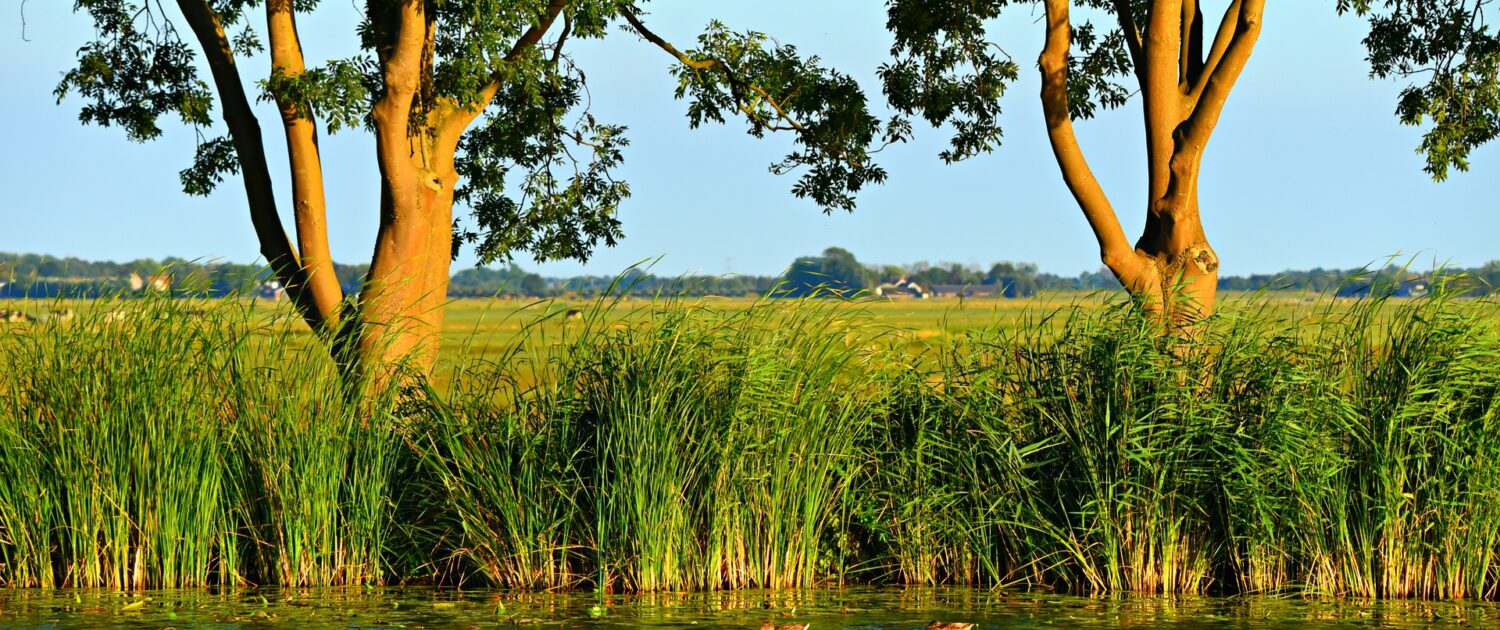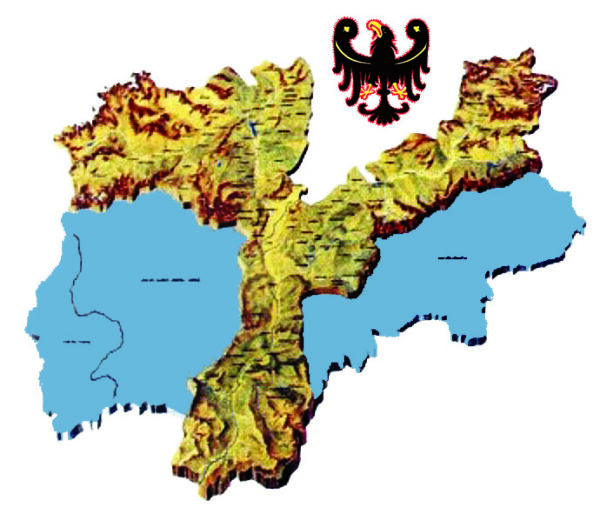December 09, 2021

Farmland is an integral part of the Dutch landscape, covering half of the country’s land surface [1]. Following the European post-war agricultural policy of producing as much food as possible at the lowest possible price, the Netherlands became the world’s second-largest food exporter [2]. In Deadly Beautiful Dutch Agriculture, I described the devastating impact of extensive Dutch monoculture practices focused on short-term economic gain [3].
The Dutch government acknowledged that its soil is being depleted and that the long-term profitability of its agricultural sector is at risk. Complying with the Paris Agreement while meeting the rising demand for food and other agricultural products and commodities requires a drastic change in direction. To maintain its position as a leading food exporter, the Dutch government must fully commit to preserving and improving soil quality [1].
Dutch Minister of Agriculture, Nature and Food Quality Carola Schouten has recognized that sustainable soil management plays a crucial role in the transition towards circular agriculture and aims to have the approximately overall two million hectares of Dutch farmland managed sustainably by 2030 [4].
“Sustainable soil management leads to better soil fertility for agriculture and provides society with more sustainably-grown crops as a basis for sustainable food, better water quality and greater water buffering, greater biodiversity and contributes to the climate challenge.” [4]
Wageningen University & Research (WUR) investigates how best to manage soil and reuse waste streams. WUR proposes circular agriculture to ensure sufficient long-term food production within the limits of the planet, as it makes “minimal use of raw materials and energy, low impact on climate, environment and nature and a good income for the farmer” [5].
In “A nature-based future for the Netherlands in 2120”, WUR envisioned that Dutch agriculture would become fully circular. This way, crops can be effectively and sustainably protected from pests and diseases through innovative technologies, are more resilient to climate change, and are more nutritious and productive. The report also envisions urban areas will be surrounded by woodlands such as food forests and agroforestry. Besides improving recreational options, biodiversity, and carbon sequestration, this reduces the urban heat island effect, improving the urban living environment [5].
“In the Netherlands we are still at the beginning [regarding agroforestry], although enthusiasm for this form of nature-inclusive agriculture is growing. What agriculture needs most now is knowledge.” [6]

Fig. 1: Tree edges on farm boundaries and along irrigation channels and creeks could provide several environmental services and benefit the farming enterprises (free-source photo by MabelAmber on Pixabay).
To apply its vision of circular agriculture and knowledge sharing, the Dutch Ministry of Agriculture, Nature and Food Quality partnered with WUR to set up the “Farm of the Future”, allowing innovative solutions to be developed, tested and demonstrated in a commercial setting [7]. In particular, the “Agroecology & Technology Fieldlab” – which facilitates multidisciplinary research to create nature-inclusive and regenerative agricultural systems – includes innovations that are not yet widely adopted by the market (e.g., because of cost, scale, regulation, unfamiliarity, or risk perception) [8].
Agroforestry, for example, is still in its infancy in the Netherlands, facing several bottlenecks. It requires different techniques and mechanisation to grow a plot of trees and vegetables. These developments are happening at lightning speed, and WUR is finding out more and more about what does and does not work well in agroforestry.
Nevertheless, current national regulations are not designed to support agroforestry [6]. In an interview with the Dutch Agriculture and Horticulture Organisation (LTO), Climate Specialist Jan Auke Veenstra explained that many Dutch zoning plans do not allow trees to be planted in meadows to ensure the typical open land view of the Dutch landscape [9].
Wijnand Sukkel – a researcher in sustainable agriculture at WUR – calls for more space in the regulations for this “promising form of sustainable agriculture” to implement a rapid transition that would allow agroforestry to grow into a mature and sustainable production branch in Dutch agriculture within fifteen years [6].
Agroforestry research at Wageningen University & Research (WUR, 2021).
Bibliography:
[1] Van Dijk, J. J. (2020, 4 September). Nationaal Programma Landbouwbodems. Downloaded 18 November 2021, from https://www.rijksoverheid.nl/binaries/rijksoverheid/documenten/kamerstukken/2020/09/04/nationaal-programma-landbouwbodems/bijlage-nationaal-programma-landbouwbodems.pdf
[2] Horbach, F. (2021, 16 February). Record-high Dutch export of agricultural goods in 2020. Retrieved 17 November 2021, from https://www.netherlandsandyou.nl/latest-news/weblog/blog-posts/2021/dutch-export-of-agricultural-goods-in-2020
[3] Hoekstra, E. (2020, 24 July). Deadly Beautiful Dutch Agriculture. Retrieved 17 November 2021, from https://greenmarked.it/deadly-dutch-agriculture/
[4] Ministerie van Lanbouw, Natuur en Voedselkwaliteit (Ministery of Agriculture, Nature and Food Quality). (2020, 6 May). LNV-beleid gericht op duurzaam bodembeheer. Retrieved 18 November 2021, from https://magazines.rijksoverheid.nl/lnv/agrospecials/2020/01/lnv-beleid
[5] Baptist, M., van Hattum, T., Reinhard, S., van Buuren, M., de Rooij, B., Hu, X., van Rooij, S., Polman, N., van den Burg, S., Piet, G., Ysebaert, T., Walles, B., Veraart, J., Wamelink, W., Bregman, B., Bos, B., & Selnes, T. (2019). A nature-based future for the Netherlands in 2120. Wageningen University & Research. https://doi.org/10.18174/512277
[6] Sukkel, W. (2018, 22 May). Agroforestry biedt grote kansen voor de Nederlandse landbouw. https://weblog.wur.nl/natuur-biodiversiteit/agroforestry-biedt-grote-kansen-voor-de-nederlandse-landbouw/
[7] Farm of the Future. (n.d.). Farm of the Future in Lelystad. Retrieved 2 December 2021, from https://farmofthefuture.nl/en/farm-of-the-future-in-lelystad/
[8] De Visser, C., Sukkel, W., […] Van der Voort, M. & Janssens, B. (2020). Ontwerp Boerderij van de Toekomst. (Rapport / Stichting Wageningen Research, Wageningen Plant Research, Business unit Open Teelten; No. WPR-823). Stichting Wageningen Research, Wageningen Plant Research, Business unit Open Teelten. https://doi.org/10.18174/520716
[9] Hoekstra, E. (2021). A Case Study on the Rabo Carbon Bank using the ‘Quintuple Helix’ innovation model [Master thesis]. Maastricht Sustainability Institute, Maastricht University. Retrieved 3 December 2021, from https://www.maastrichtuniversity.nl/research/fair-and-smart-data/our-activities
This article is part of the project “Environmental Blogging Boost 4 Students”, aimed at increasing the spread of agroecology and sustainable water management in Trentino. The project is financed by the BIM Adige Water Catchments Consortium (grant approved by provision n. 100 of June 06, 2021).




